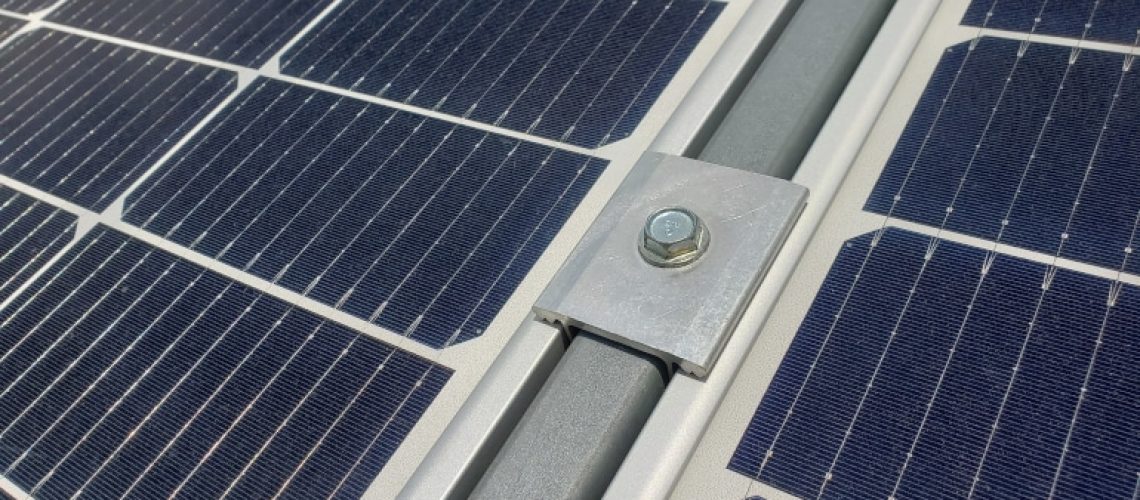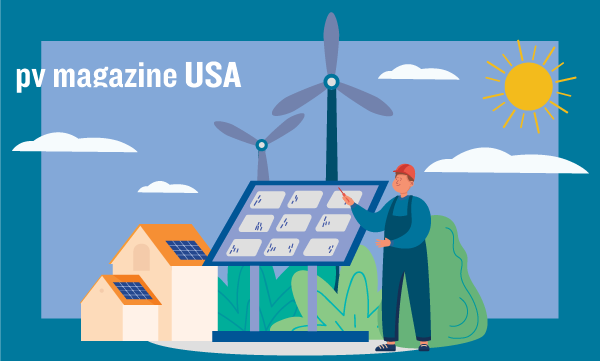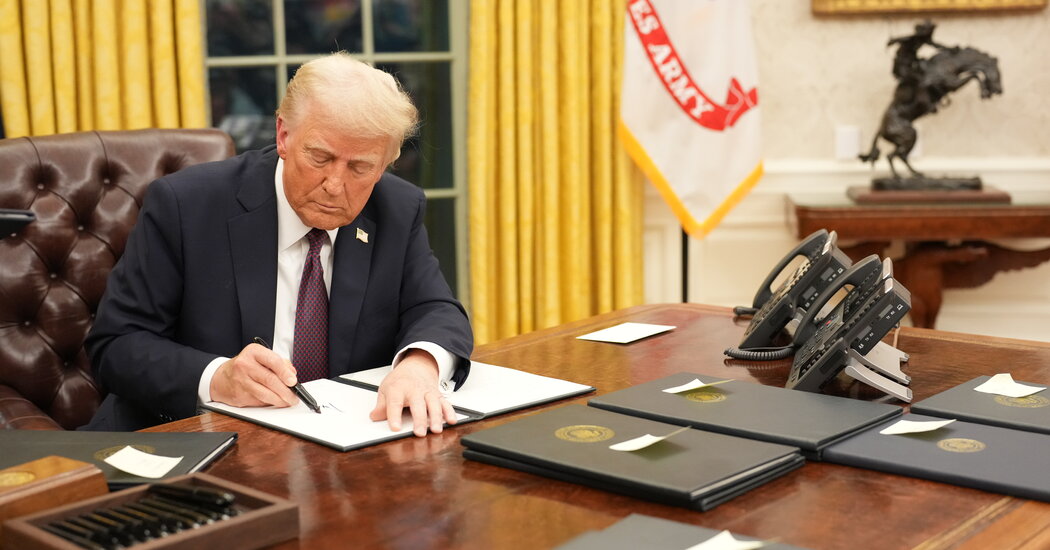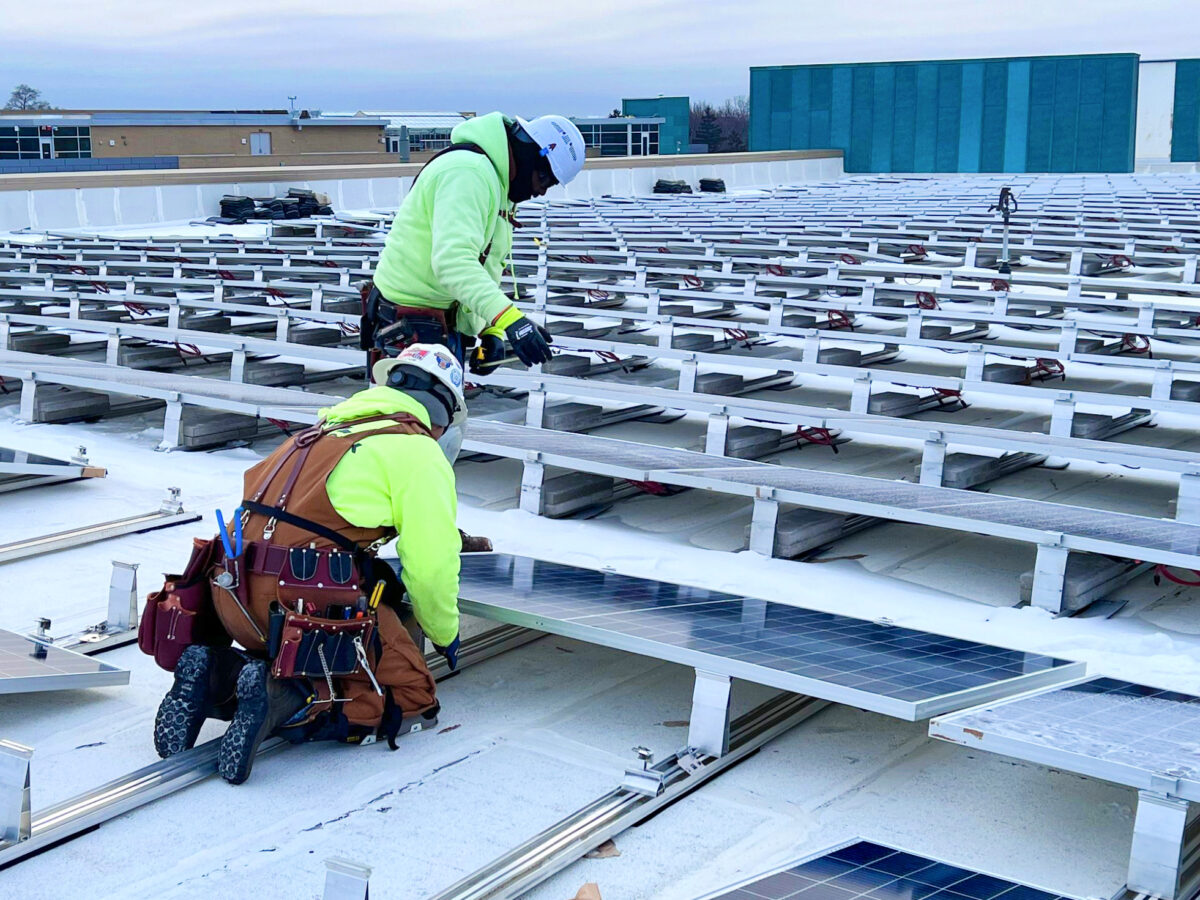The Senate-passed Inflation Reduction Act of 2022 includes manufacturing tax credits for a number of solar components, not just solar panels. While still awaiting a vote from the House of Representatives and final signing by President Joe Biden, industry advocacy group SEIA has already suggested that the tax credits in IRA could spur upwards of 30 GW of new solar panel manufacturing capacity in the United States. Add in inverter, tracker and battery manufacturing, and a true domestic supply chain of components for solar and storage projects could finally be realized.
Here are the listed manufacturing tax credits as related to the solar and storage industries:
PANELS
- Thin-film or crystalline silicon PV module: 7¢/WDC
- Thin-film or crystalline silicon PV cell: 4¢/WDC
- Thin-film or polysilicon PV wafer: $12/m2
- Solar-grade polysilicon: $3/kg
- Polymeric backsheet: 40¢/m2
TRACKERS
- Torque tube (defined as: rotated by a tracker drive system): 87¢/kg
- Structural fastener (used to connect a tracker’s mechanical/drive system to the foundation, torque tubes to drive assembles, or segments of torque tubes to one another): $2.28/kg
INVERTERS
- Central inverter (>1 MWAC capacity): 0.25¢/WAC
- Utility inverter (>125 kWAC, <1 MWAC): 1.5¢/WAC
- Commercial inverter (>20 kWAC, <125 kWAC): 2¢/WAC
- Residential inverter (<20 kWAC): 6.5¢/WAC
- Microinverter (<650 WAC and connects with one solar module): 11¢/WAC
ENERGY STORAGE
- Battery cell (>12 Wh capacity): $35/kWh
- Battery module (>7 kWh): $10/kWh
- Electrode active materials (cathodes, anodes, anode foils, solvents, additives, electrolyte salts): 10% of cost of production
CRITICAL MINERALS
- All receive 10% of cost of production
- Specific purities required: aluminum, antimony, barite, beryllium, cerium, cesium, chromium, cobalt (converted to cobalt sulfate), dysprosium, europium, fluorspar, gadolinium, germanium, graphite, indium, lithium (converted to lithium carbonate or lithium hydroxide), manganese, neodymium, nickel (converted to nickel sulphate), niobium, tellurium (converted to cadmium telluride), tin, tungsten, vanadium, yttrium
- Purified to a minimum of 99%: arsenic, bismuth, erbium, gallium, hafnium, holmium, iridium, lanthanum, lutetium, magnesium, palladium, platinum, praseodymium, rhodium, rubidium, ruthenium, samarium, scandium, tantalum, terbium, thulium, titanium, ytterbium, zinc, zirconium
The above-mentioned manufacturing tax credits would be effective to components produced and sold after Dec. 31, 2022. The full listed credit would be given to anything sold through Dec. 31, 2029. Beginning in 2030, the credits begin their phase out:
- 2030: 75% of credit amount
- 2031: 50%
- 2032: 25%
- 2033: 0%
U.S. manufacturing comments related to the Senate passage of the IRA:
“The Ultra Low-Carbon Solar Alliance applauds the Senate passage of the Inflation Reduction Act of 2022. These energy provisions are good news for the U.S. economy. They will put the U.S. in a strong competitive stance in solar manufacturing and pave the way for investments across the American solar supply chain, accelerating the growth already under way in U.S. solar manufacturing. This will mean more good manufacturing jobs, strengthened U.S. energy independence and reduced carbon emissions.” – Michael Parr, Executive Director of the Ultra Low-Carbon Solar Alliance
“With Senate passage of the Inflation Reduction Act today, we’re a major step closer to turning the climate crisis into a once-in-a-generation opportunity. This bill will result in billions of dollars in clean energy investment, it will make our supply chains more resilient, our energy more affordable, and it will dramatically lower carbon emissions…Once this bill becomes law, we look forward to expanding our factories and hiring thousands of U.S. manufacturing workers.” – Scott Moskowitz, Senior Director of Market Intelligence, Public Affairs and Marketing, Qcells North America
“Nextracker strongly supports the Inflation Reduction Act, which will immediately increase hiring at our U.S. factories. Together with our colleagues in the clean energy industry, this action will add over 500,000 jobs. Accelerating solar’s use in the grid will lower bills for electricity customers while reducing emissions 40%. Energy independence and decoupling from overseas inflation factors has never been more important. We urge the House to quickly pass this landmark legislation for President Biden’s signature.” – Dan Shugar, CEO and Founder of Nextracker
See a list of current U.S. solar panel manufacturers here.
See a list of global inverter manufacturing locations here (can be narrowed to just U.S. manufacturers).
Solar Power World will update this story as more details emerge






